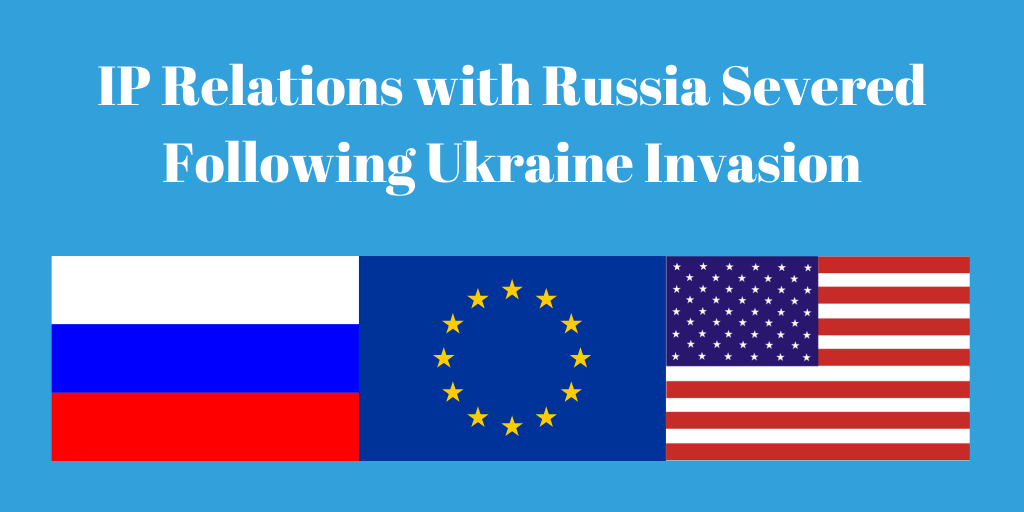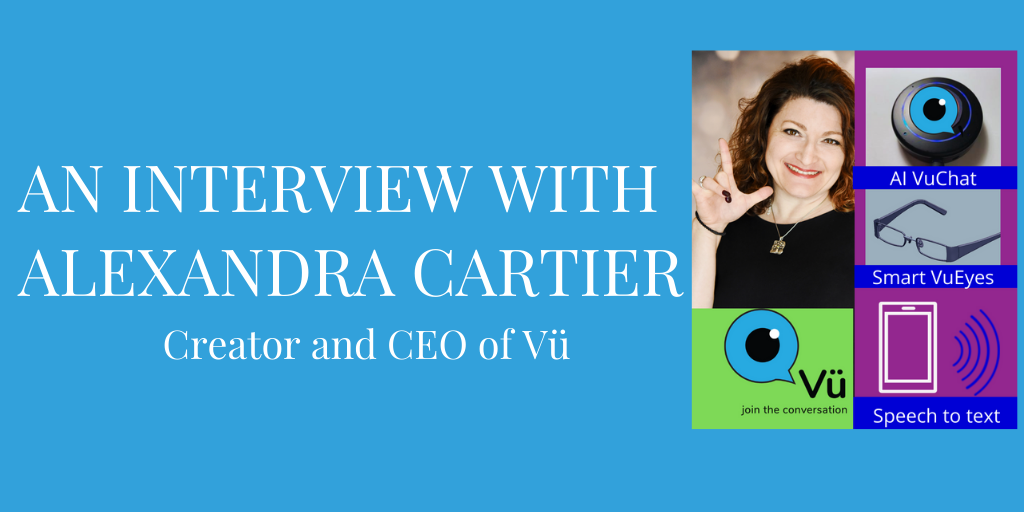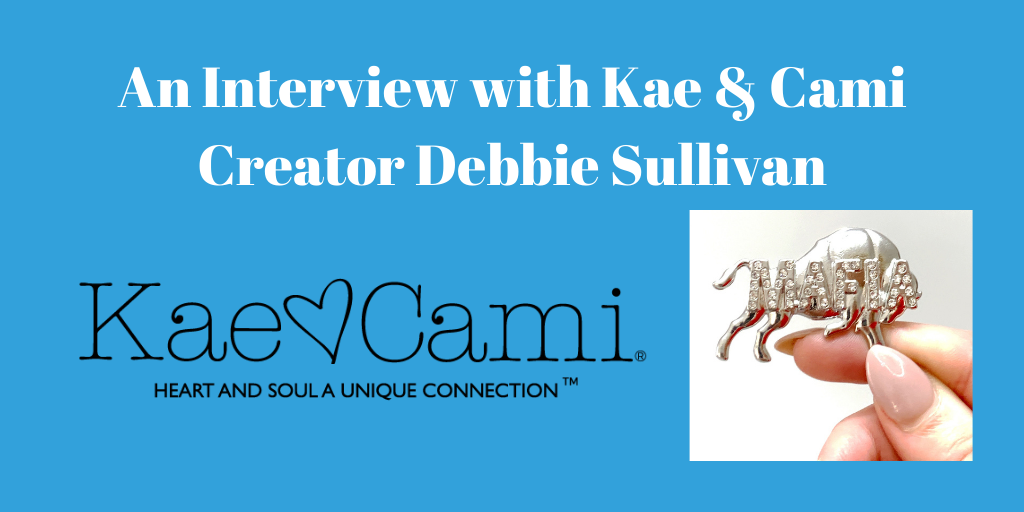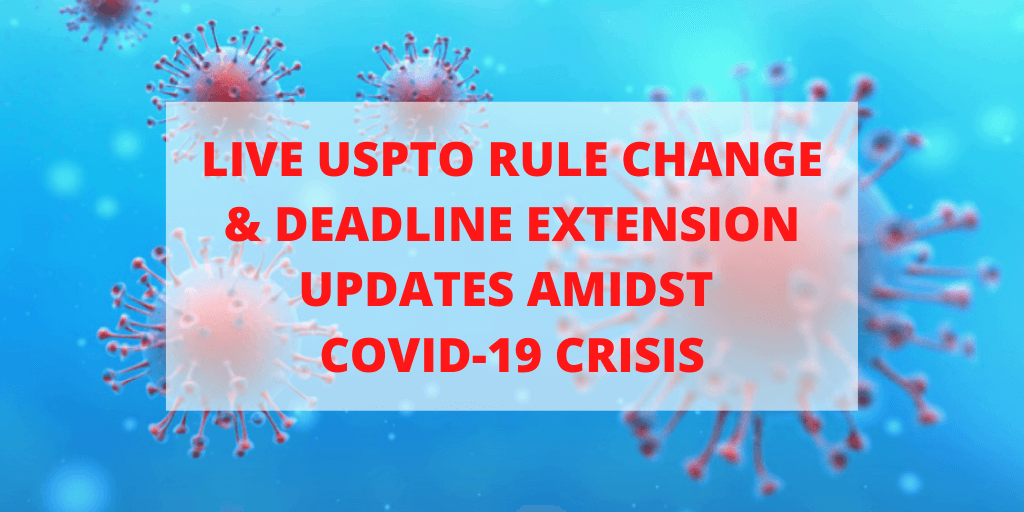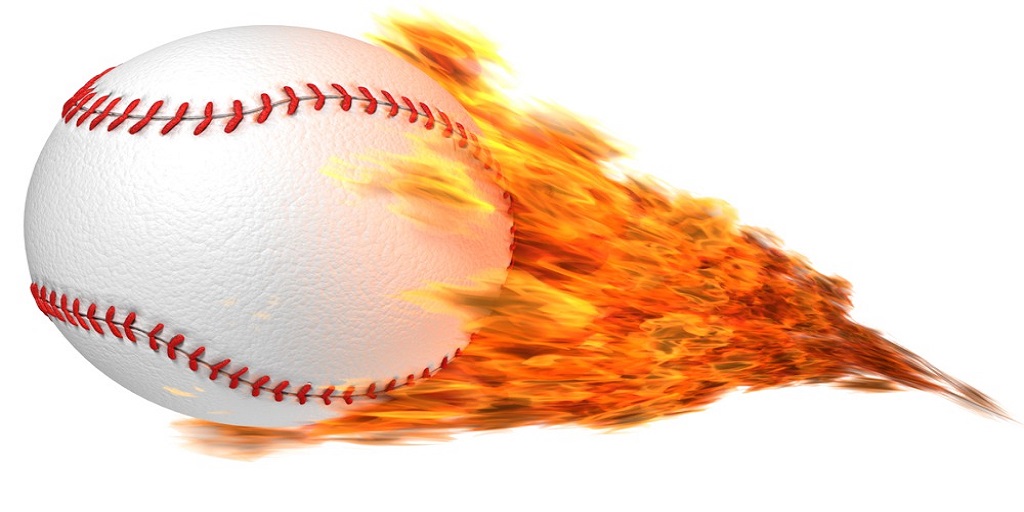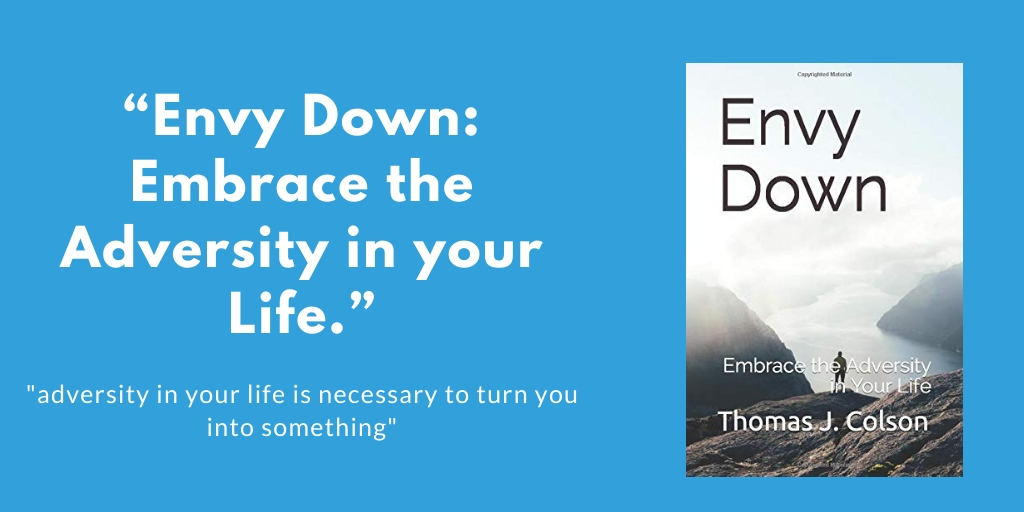Copyrights and patents are two well known forms of intellectual property protection. But why do we have them? Why does the government and society want to give away protection that could amount to a monopoly?
Well the answer is in the constitution. Under Article I Section 8, Clause 8 U.S. Constitution (or otherwise known as the Patent and Copyright Clause of the Constitution), Congress shall have power “[t]o promote the progress of science and useful arts, by securing for limited times to authors and inventors the exclusive right to their respective writings and discoveries.”
In other words, Congress provides patent and copyright protection to promote the sciences and the arts.
How does giving copyright and patent protection promote the science and the arts?
Granting copyright and patent protection helps promote the science and the arts by giving authors and inventors incentives to disclose their works of art or inventions. Protection allows authors and inventors to recoup the losses and resources that were invested in the inventor or work of art. For example, an inventor invents a life-saving drug to treat a certain cancer, which cost a million dollars to make. He will be hesitant to disclose the drug if there is no guarantee he can recoup the million dollars and competitors can easily copy and appropriate the drug. But he will disclose the invention if he has a way to ensure that he has protection (such as a patent) so he will be the exclusive producer of that drug. Thus, giving him protection so he can recoup his losses would make it more likely to disclose his drug and add knowledge to the state of the art.
What can qualify for a copyright?
As stated earlier, copyright protects original works of arts. Congress has specifically laid out the things that can be protected by copyright law in 17 U.S.C. § 102, such as:
(1) literary works;
(2) musical works, including any accompanying words;
(3) dramatic works, including any accompanying music;
(4) pantomimes and choreographic works;
(5) pictorial, graphic, and sculptural works;
(6) motion pictures and other audiovisual works;
(7) sound recordings; and
However, falling in the categories under 17 U.S.C. § 102 is not enough to obtain a copyright. The work must also be an original work of authorship, have some degree of creativity, and fixed to a tangible medium.
Click here to read more about 17 U.S.C. 102
What rights does a copyright holder have?
Under 17 U.S.C. 106, the copyright holder has the exclusive right to:
(1) to reproduce the copyrighted work in copies or phonorecords;
(2) to prepare derivative works based upon the copyrighted work;
(3) to distribute copies or phonorecords of the copyrighted work to the public by sale or other transfer of ownership, or by rental, lease, or lending;
(4) in the case of literary, musical, dramatic, and choreographic works, pantomimes, and motion pictures and other audiovisual works, to perform the copyrighted work publicly;
(5) in the case of literary, musical, dramatic, and choreographic works, pantomimes, and pictorial, graphic, or sculptural works, including the individual images of a motion picture or other audiovisual work, to display the copyrighted work publicly; and
(6) in the case of sound recordings, to perform the copyrighted work publicly by means of a digital audio transmission.
Click here to read more of 17 U.S.C 106.
What is a patent and what does it protect?
A patent is a negative right that allows the patent holder the right to exclude others from making, using, selling, offering for sale, or importing into the United States a device covered by the patent. Patents come in many shapes and forms, but today we’ll be talking about utility patents. Utility patents protects inventions, which are often thought of a solution to a problem. Patents are also often thought of as a monopoly on the invention. The drug example above is illustration of how a patent may work.
What if we made protection really weak?
Now that we’re clear on the difference between patent and copyrights, let’s explore the effects of making their protection weak. Let’s go back to the drug example above. If we gave the patent holder something less than a monopoly, he would have a harder time recouping his losses. For example, it’ll be harder for the inventor in the drug example to recoup his losses if his competitors can produce the same drug. This would make it less likely for inventors and authors to disclose their inventions or works of art. Lack of disclosures would not be promoting the sciences or the arts.
What if we made protection really strong?
On the flip side, making intellectual property too strong would not promote the sciences and the arts either. For example, lets imagine the inventor in the drug example has the right to stop anyone from making any kind of drug to treat cancer. Not only would there be less disclosure, but others can’t try to make a different cancer treating drug. If they do, it’’ be considered infringement.
Thus, a healthy medium is needed to promote the sciences and the arts!
What are your thoughts on granting patents and copyrights to promote the sciences and the arts? Leave a comment below to let us know what you think!
Interested in more intellectual property? Click here
Sign up today!
Does this article interest you? Subscribe to the LoTempio Law email newsletter to receive posts and updates just like this conveniently in your email box!
If you’ve enjoyed this blog post, we have lots more where this came from, including an Inventors Guide Video Series where we help you turn your good idea into a profitable invention, and tons of other great content. Simply enter your email address and hit sign up and you’ll get everything, including blog posts like these, conveniently in your email box!
Have any questions? Give us a call at 1-800-866-0039. Consultations are FREE.
Disclaimer: This article is not legal advice. It is only for educational or entertainment purposes only. Please do not use the article or contents of the article without permission. For legal advice and questions, please contact registered Patent Attorney Vincent LoTempio.


